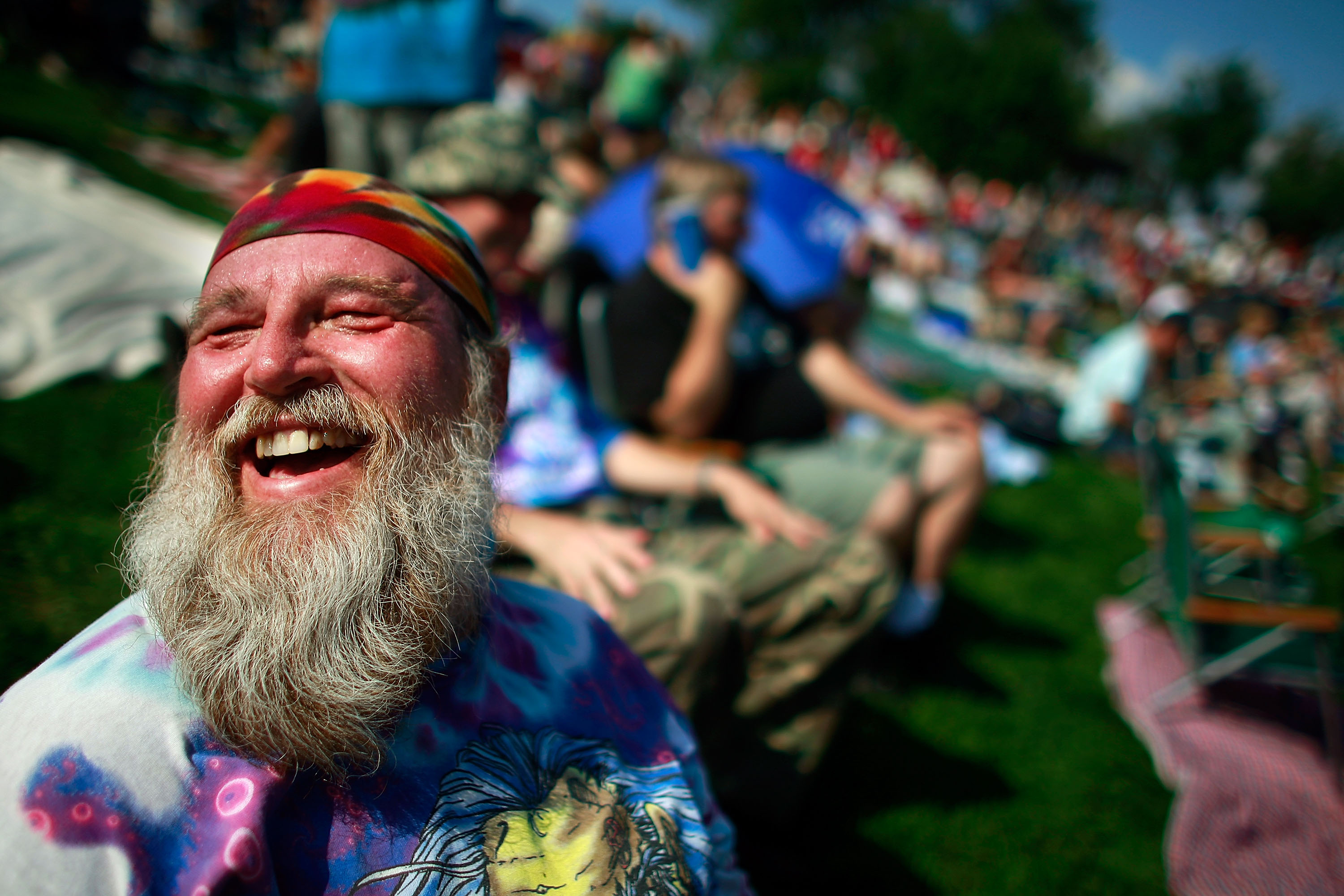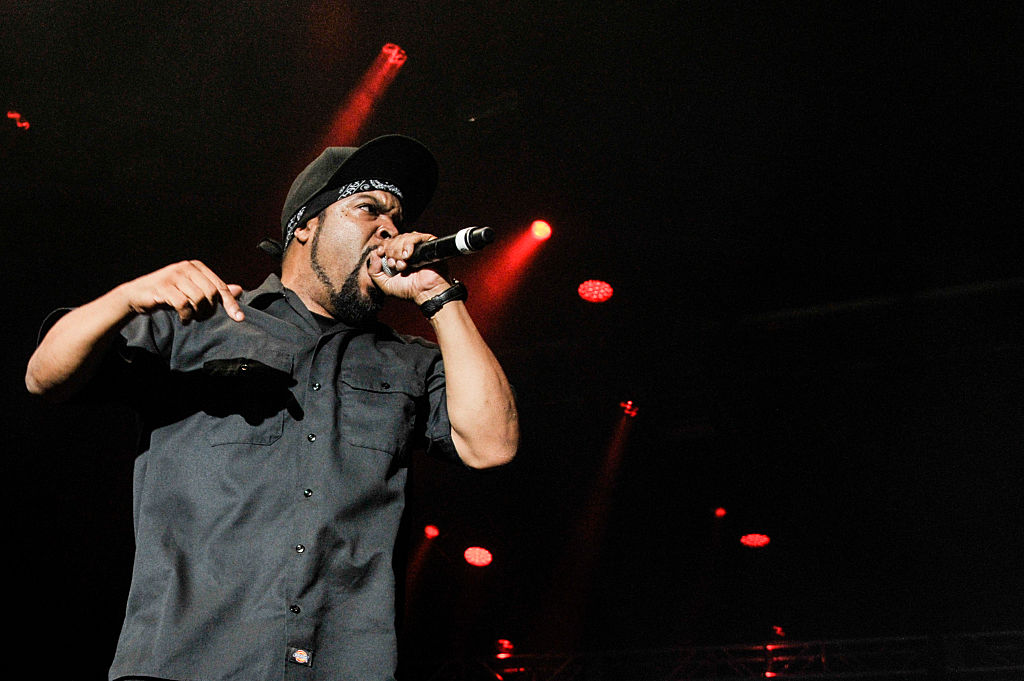-230x230.jpg)
While it surely isn’t advertised in high school history books, people have obsessed over marijuana for hundreds, even thousands of years. It’s not hard to see why: marijuana plants can be used for anything from making paper and fabrics to treating illnesses or simply letting loose.
Studies have also found that intelligent people are more inclined to use marijuana, so it shouldn’t be entirely surprising that many prominent historical figures enjoyed the use of the plant. This becomes clear once a person starts digging around in the actual history books. In the last century, as governments used marijuana to rage racial wars, it became a counterculture tool of rebellion. Here’s a look at the 5 most iconic movements and people who used ganja.
1. The Founding Fathers and early America
While the American Revolution itself has little to do with marijuana, the plant was crucial to figures like Benjamin Franklin, George Washington and Thomas Jefferson. In those days, by founding a new country and all, they were being pretty rebellious. Washington and Jefferson both reportedly grew hemp, and Franklin apparently started the first hemp mill, which gave America its own paper supply, free from Britain. The fifth president of the United States, James Monroe, was a habitual weed smoker, according to The Daily Beast. While hemp is quite different than the type of marijuana that is smoked in order to get high, the plant certainly had its place in the foundational years of America.
2. The Beat Movement.

Anyone who reads Jack Kerouac’s touchstone beat generation novel, “On the Road,” will immediately pick up on the intimate relationship between marijuana and the Beat Movement of the 1950s. In the counterculture novel, while Kerouac and Neal Cassady are driving back and forth at breakneck speed across the continent, there’s rarely a time when a joint (or as Kerouac calls it in the book “tea”) is not in circulation. Other Beat Generation heroes like Allen Ginsberg and William S. Burroughs were also deeply influenced by marijuana (though this much should be obvious just by looking at old pictures of the bearded Ginsberg).
In Ginsberg’s famous poem, “Howl,” he writes “who got busted in their pubic beards returning through Laredo with a belt of marijuana for New York…” Ginsberg would go on to participate in marijuana rallies in the 60s, donning a sign that read “pot is fun.” For anyone who’s read William S. Burrough’s seminal work, “Naked Lunch,” the influence of marijuana is also fairly obvious, as the book is about drug addiction. You can listen to Burrough’s muses about weed on YouTube, where he says: “Weed is positively not habit forming. You can smoke weed for years and you will experience no discomfort if your supply is suddenly cut off.” For all the Beats, marijuana was a counterculture tool of rebellion and exploration.
3. The hippie counterculture.

The 1960s counterculture intended to push back against stuffy elites, the corrupt war in Vietnam, materialism and consumerism in mainstream America. Thanks in part to marijuana’s illegal status, it was largely used as a tool of rebellion. It was as if using marijuana allowed you to join a secret counterculture of like-minded individuals, far from the reaches of overbearing parents, the government, and societal expectations about what constituted a “good American.”
The heroes of this era were all notorious stoners: The Beatles, Bob Marley, Bob Dylan, Hunter S. Thompson, The Grateful Dead, Jimi Hendrix and so on. Woodstock, which took place in 1969 and has since become a counterculture touchstone for the era, was clouded in marijuana smoke. As the Washington Post writes, marijuana was a “symbol of the anti-Vietnam War movement and the hippie counterculture.” As a result, President Nixon waged an all-out war on marijuana, though his real targets were actually African-Americans and hippies.
President Nixon’s advisor John Ehrlichman admitted so in the mid-90s. “We knew we couldn’t make it illegal to be either against the war or blacks, but by getting the public to associate the hippies with marijuana and the blacks with heroin. And then criminalizing both heavily, we could disrupt those communities,” he said.
But the more the government tried to criminalize marijuana, the more eager people were to use it.
4. The Beatles.
Believe it or not, The Beatles were once a fairly straight-laced pop band. You may remember their early days of “Love Me Do,” where they stood on stage in a neat line, donning suits. So what happened in order to make them an acid-popping, protest-inducing, hippie counterculture icon? As legend has it, everything changed for The Beatles the day Bob Dylan introduced them to marijuana.
The Beatles had met Bob Dylan at the Delmonico Hotel in New York, and when their road manager wasn’t in the room, Dylan encouraged the band to smoke a joint with him. The band had smoked before, but as many users attest, the first few times you smoke weed, you might not get high. This time was different. They all got high and finally understood what the fuss was about. The positive experience left the band thirsty for more experimentation, which lead to their heavy use of LSD and iconic records like Sgt. Pepper’s Lonely Hearts Club Band. It was during this stylistic change that The Beatles emerged as a major counterculture symbol.
5. The rise of rap.

Rap music is a notably young genre, with roots in the late 1970s and early 1980s with groups like Run-D.M.C and the Sugarhill Gang (think “Rapper’s Delight”). But rap from this era bears little resemblance to popular rap music of today. The style of rap that would ultimately launch the popularization of the hip-hop movement was a genre called “gangsta rap,” which most associate with the rap group N.W.A.
This rap group gave birth to hip-hop legends such as Dr. Dre, Easy-E and Ice Cube. This rap genre was notably intertwined with the use of marijuana and a counterculture lifestyle of rebellion. No longer did popular rap songs have lyrics like “Bang bang, the boogie to the boogie say up jump the boogie to the bang bang boogie.” Instead, Ice Cube was rapping “Since I was a youth, I smoked weed out. Now I’m the mothafucka that you read about.” And when Dr. Dre eventually broke off from the rap group, his first album was entitled “The Chronic,” which went triple platinum.
